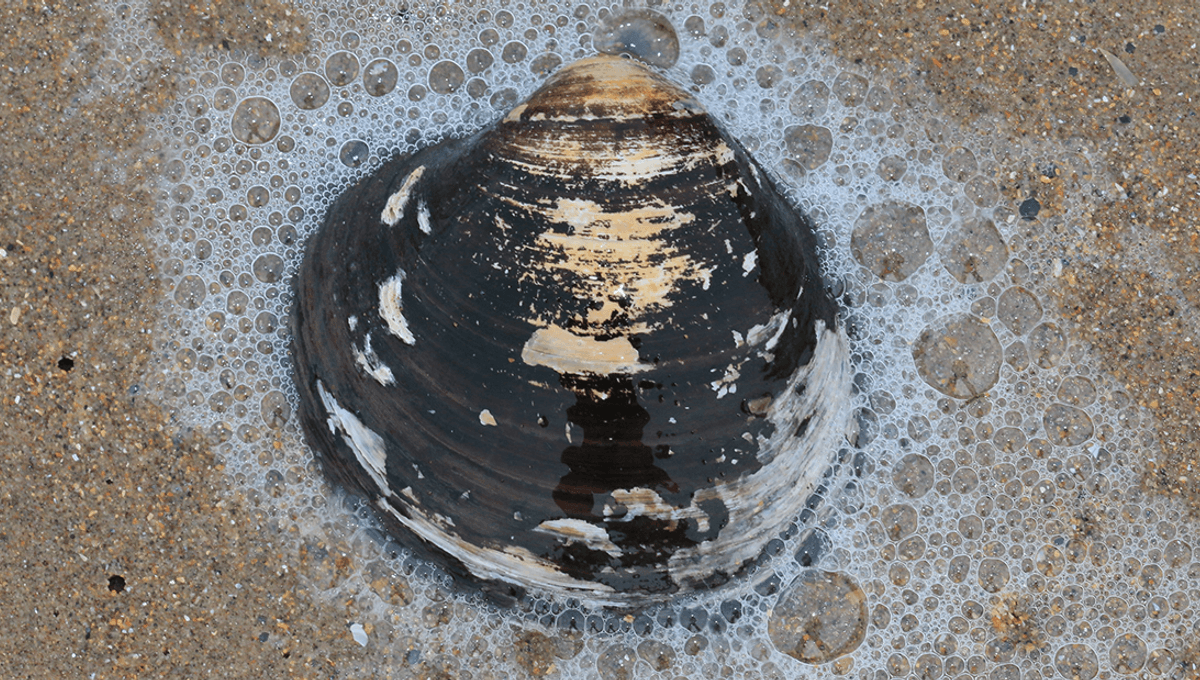
In 2006, off the coast of Iceland, a giant ocean quahog clam (Arctica islandica) was dredged from the ocean floor. Like how you can count the rings in a tree to determine its age, it’s possible to count growth rings on these clams to roughly determine their age. In 2007, scientists did just this.
“Annual band counting from the sectioned shell revealed that this clam lived for more than 405 yr,” a paper on the clam explained, “making it the longest-lived mollusk and possibly the oldest non-colonial animal yet documented.”
Though impressively old, later radiocarbon dating of the clam revealed it to be older still, 507 years old to be precise. This places its likely birthdate sometime around 1499 CE, and soon the clam was nicknamed “Ming” by the media as it started life during the time of the Ming dynasty in China.
It is fairly common for the species to live over 100 years, or even older.
“The same species of clam are caught commercially and eaten daily,” researchers who studied the clam told the BBC in 2013. “Anyone who has eaten clam chowder in New England has probably eaten flesh from this species, many of which are likely several hundred years old.”
Ming (RIP).
So how do these mollusks live for so long?
“The A. islandica has a very low oxygen consumption. When an animal has such a slow metabolism, it normally also means that it has a very long lifespan. However, I also believe that part of the reason for its longevity lies in its genes,” marine biologist Doris Abele told Science Nordic.
“With the exception of nucleic acid oxidation, damage levels of A. islandica do not change with age, indicating excellent cellular maintenance,” a paper on the topic adds. “Since correlations between nucleic acid oxidation and age have also been shown previously in other organisms, and nucleic acid oxidation accumulation rate correlates with relative age in both investigated populations, nucleic acid oxidation may reflect intrinsic aging mechanisms.”
Unfortunately for Ming, and for figuring out how long this species can live, the animal did not live to celebrate any more birthdays. The clam, which lived through the Reformation, the Enlightenment, and the TV show Friends, died in 2006, likely the result of how it was frozen when it was first dredged from its safe haven on the ocean floor.
Source Link: The World's Oldest Giant Clam Was Born In 1499 CE